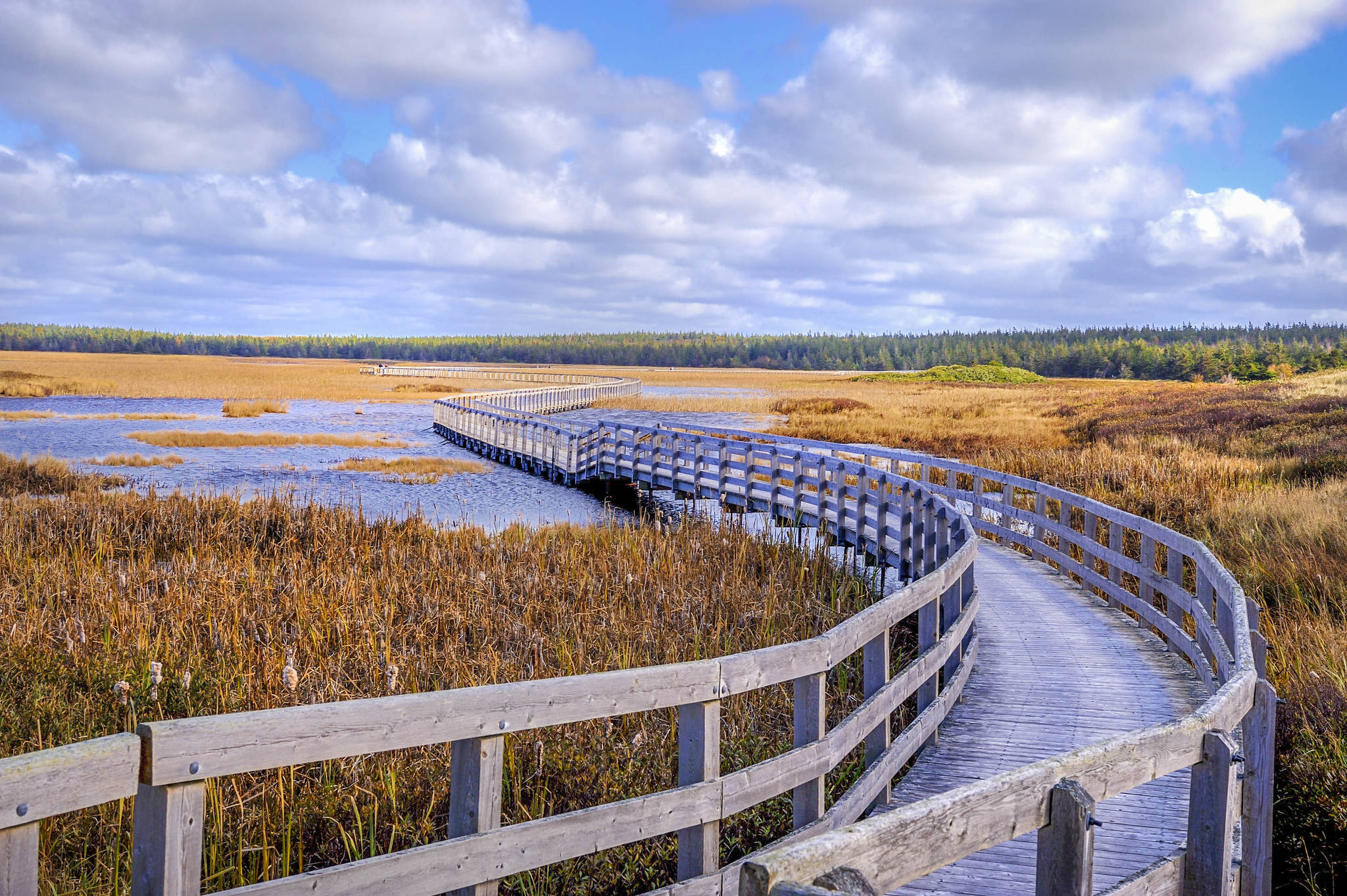It’s just so simple, we scarcely give it a second thought.
Just turn on the tap, and there you have it – an abundance of clear, clean water to drink and to use in any number of ways as we go about our day-to-day routines.
But it’s a precious gift that we just cannot take for granted – and that’s one of the goals of World Water Day (March 22nd).
In 1992, the United Nations declared an international day to celebrate freshwater.
World Water Day is held every year on March 22nd, and is intended to create awareness about the importance of freshwater and freshwater resources and sustainability.
This year’s theme – Nature for Water – explores how we can use nature to overcome the water challenges of the 21st century, according to the worldwaterday.org web site.
“Environmental damage, together with climate change, is driving the water-related crises we see around the world. Floods, drought and water pollution are all made worse by degraded vegetation, soil, rivers and lakes.”
Indeed.
When we neglect our ecosystems, we make it harder to provide everyone with the water we need to survive and thrive.
Ultimately, it’s primarily a back to nature approach.
“Nature-based solutions have the potential to solve many of our water challenges. We need to do so much more with ‘green’ infrastructure and harmonize it with ‘grey’ infrastructure wherever possible.
“Planting new forests, reconnecting rivers to floodplains and restoring wetlands will rebalance the water cycle and improve human health and livelihoods.”
By using nature-based solutions to help meet the water needs of a growing population, experts say we will contribute to the creation of a circular economy, at the same time as helping to protect the natural environment and reduce pollution – both key targets in Sustainable Development Goal 6, which commits the world to ensuring availability and sustainable management of water and sanitation for all by 2030.
Obviously, there is no question we must take steps to safeguard our most precious resource.
And the statistics indicating the staggering numbers of those without access to clean water continue to be nothing if not shocking – and deeply troubling.
Currently, 2.1 billion people lack access to safely managed drinking water services.
And as the years pass, the pressure will only increase on the global water supply.
By 2050, the world’s population will have grown by an estimated 2 billion people and global water demand could be up to 30% higher than today.
By far, most of it goes to agriculture – 70% – mainly for irrigation.
Industry takes 20% of the total, dominated by energy and manufacturing.
The remaining 10% goes to domestic use. Drinking water accounts for 1%.
Today, around 1.9 billion people live in potentially severely water-scarce areas. By 2050, this could increase to around 3 billion people.
Ultimately, nature-based solutions are not a ‘be-all, end-all’ to the water-related challenges we face as the global population grows, but they can provide innovative and cost-effective options for supplementing insufficient or ageing water infrastructure.
For one, water storage via natural wetlands, soil moisture and/or groundwater recharging can be more sustainable and cost-effective than grey infrastructure, such as dams. Also, pollution from agriculture can be reduced by nature-based solutions such as conservation agriculture, which protects soil from erosion, or riparian buffers – strips of land along water courses planted with native trees and shrubs.
We can also do our part here at home, by being more careful about how we use water.
If we could adopt the attitude that literally every drop counts, we might not tend to waste water as so many in our part of the world often do.



